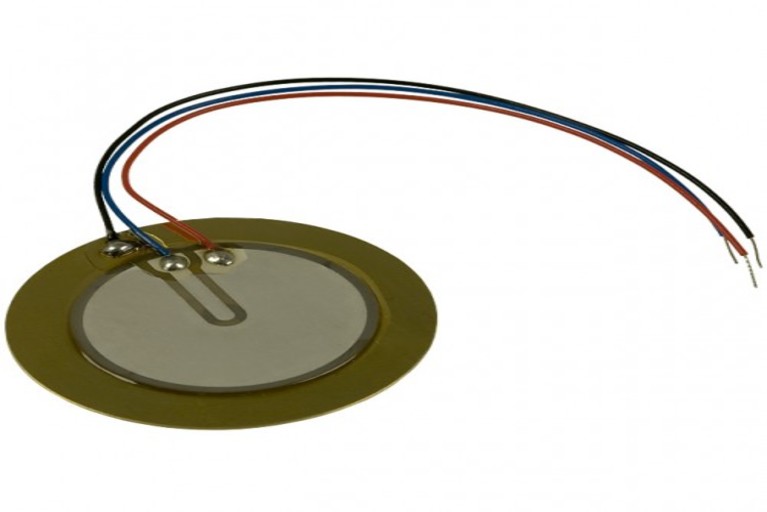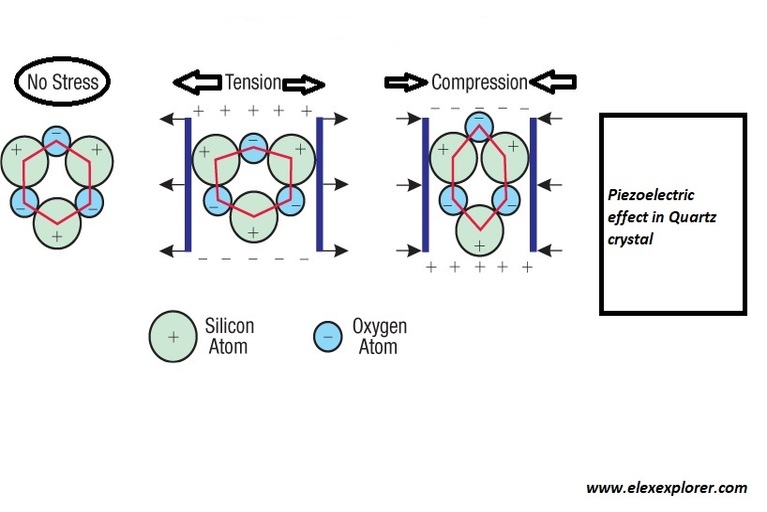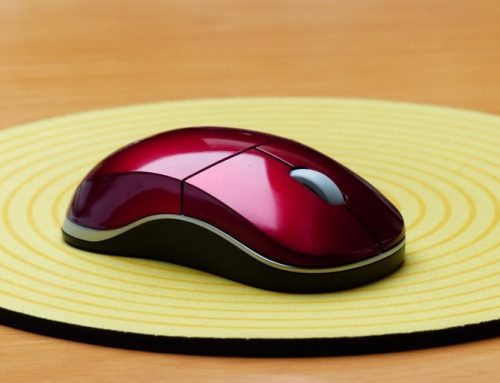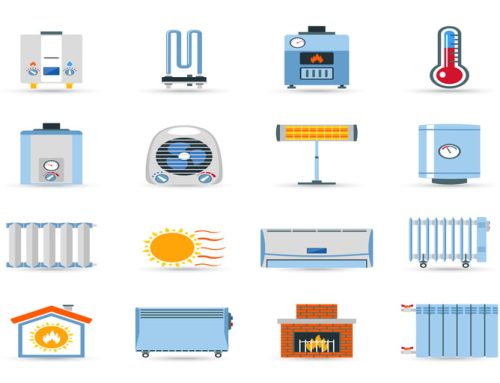
We need the energy to operate anything in the world. Most of them use electricity to perform a specific task. As of now, we are using batteries, solar power, wind power, fuel cells, and more. We have seen various methods to generate electricity either by using a chemical reaction in batteries or by using sunlight in solar panels. These power sources are being used to provide large power to various devices and gadgets. What about those electronic components that are using low power for their operation they are generating their own. This form of electricity is known as piezoelectricity. In this article, we will know about piezoelectricity, its generation, and its applications also. So without any delay let’s get started.
What is Piezoelectricity?
Piezoelectricity is a phenomenon that combines electricity and the physical properties of the material. Piezoelectricity means that there is a coupling between the electrical and the mechanical state of the material. When a piece of piezoelectric material is mechanically deformed, for example, compressed or suppressed, electric charges will generate a surface of the material that causes to flow current. And vice versa, this piezoelectric material will be deformed when exerted to an electrical field.
Practically, the crystal of piezoelectric material becomes a kind of tiny battery with a positive charge on the face and a negative charge on the opposite face. An electric current flows when we connect the two faces together to make a circuit. In reverse order, a crystal of piezoelectric material becomes mechanically stressed (deformed in physical shape) when a voltage is applied across its opposite faces.

Compression and Tension in piezoelectric material

Piezoelectric effect
Generation of Piezoelectricity:
Piezoelectricity is pressure-generated electricity. The pressure-induced current has its origin in the rearrangement of charges within the piezoelectric material. Think about a crystal and most probably you picture an image of balls (atoms) mounted on bars (the atomic bonds that hold them together). A crystal is not just a bond of atoms, it is like three-dimensional, patterned wallpaper.
In most crystals (such as metals), the unit cell is symmetrical; in piezoelectric crystals, it is not. Normally, piezoelectric crystals are electrically neutral and inside atoms are not arranged in a symmetrical manner. Also, crystal electric charges are perfectly balanced: a positive charge in one place cancels out a negative charge nearby. For example, if you compress a piezoelectric crystal, you deform the structure, pushing some of the atoms closer together or further apart. Compression also upset the balance of positive and negative and caused to generate electrical potential across the crystal faces.
The reverse piezoelectric effect occurs in the opposite way. When you put a voltage across the crystal then you are subjecting the atoms inside it to electrical pressure. They have to move to rebalance the electric charge and that’s causes vibration or slight changes in the shape of the piezoelectric crystal.
Energy Harvesting With Piezoelectricity:
If you can make a tiny bit of electricity by pressing the piezoelectric crystal, could you make a good amount of power by pressing many crystals over and over again? This idea is known as energy harvesting. Several inventors have proposed all kinds of ideas for storing energy with hidden piezoelectric devices, from footwear that can convert your walking movements into electric currents. Also, what about a cell phone that can charge itself from your body movements. There are many ideas that can be applied to harvest piezoelectricity.
Now, is energy harvesting a good idea? At first sight, anything that minimizes waste energy and improves efficiency sounds really good. If you could use the floor of shopping complexes to capture energy from the feet of shoppers and use that to power several lights and machines, surely that must be a brilliant idea?
But the trouble is, however, that energy harvesting schemes can be a big distraction from other better ideas. For example, the concept of using piezoelectric crystals under the floor of shopping complexes is very inefficient because piezoelectric crystals soak up energy from passing shopper’s feet but only a small amount of the energy can be generated.
That’s incorrect to say that energy harvesting is completely inefficient; it could be really useful for charging mobile devices using energy that would otherwise go to waste. Suppose about a cellphone that charged itself automatically every time it moves or shacks inside your pocket. So, when it comes to saving and utilizing energy, we should always consider the bigger picture and make sure that the time and money we invest are producing the best and efficient possible results.
Discovery of Piezoelectricity:
Piezoelectricity is also known as the piezoelectric effect was discovered in 1880 by two French scientists, Pierre and Paul-Jacques Curie in the crystal of quartz, Potassium sodium tartrate. Jacques summed up the observation in 1889 – If one pulls or squeezes along the main axis of quartz crystal block, there appears at the end of the axis equal quantities of electricity of opposite signs, proportional to the acting force and implemented of the dimensions of the quartz crystal.
Application of Piezoelectricity:
There are all kinds of situations where we need to convert mechanical energy into electrical energy and vice versa. Most often we can do that by using piezoelectric transducers. As we know transducer is a simple device that converters a small amount of energy from one form to another. For example, a crystal microphone is a kind of piezoelectric transducer that converts sound energy into electrical form.
In ultrasound equipment, a piezoelectric transducer converts electrical energy into extremely rapid mechanical vibrations – so fast, that it makes sounds. This sound signal frequency is too high that is beyond the audible range (20Hz to 20kHz). The ultrasound signal can be used for scanning as well as cleaning various mechanical machine parts.
The reverse-piezoelectric is used in a quartz clock or watches to keep time very precisely. Electrical energy from a battery is fed across a piezoelectric crystal to make it oscillate thousands of times within a second. The watch then uses an electronic circuit to turn that into slower, once-per-second beats that a tiny motor and some mechanical gears to drive second, minute, and hour hands around the clock-face.
The piezoelectricity is being used in gas lighters also. Press the gas lighter switch and you will hear a clicking sound and see the spark. Why it happens, when you press the gas lighter switch, is squeezing a piezoelectric crystal, generating a voltage, and making a spark fly across the small gap.
Thanks for reading. See you soon with another exploration!





